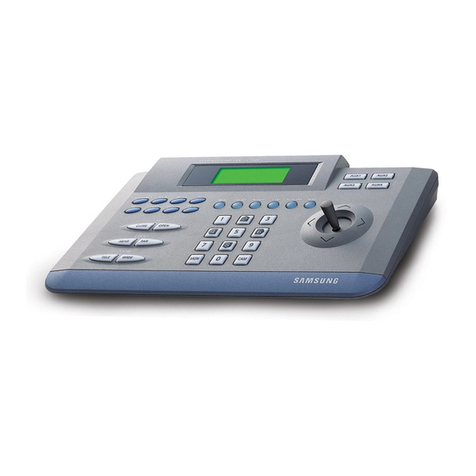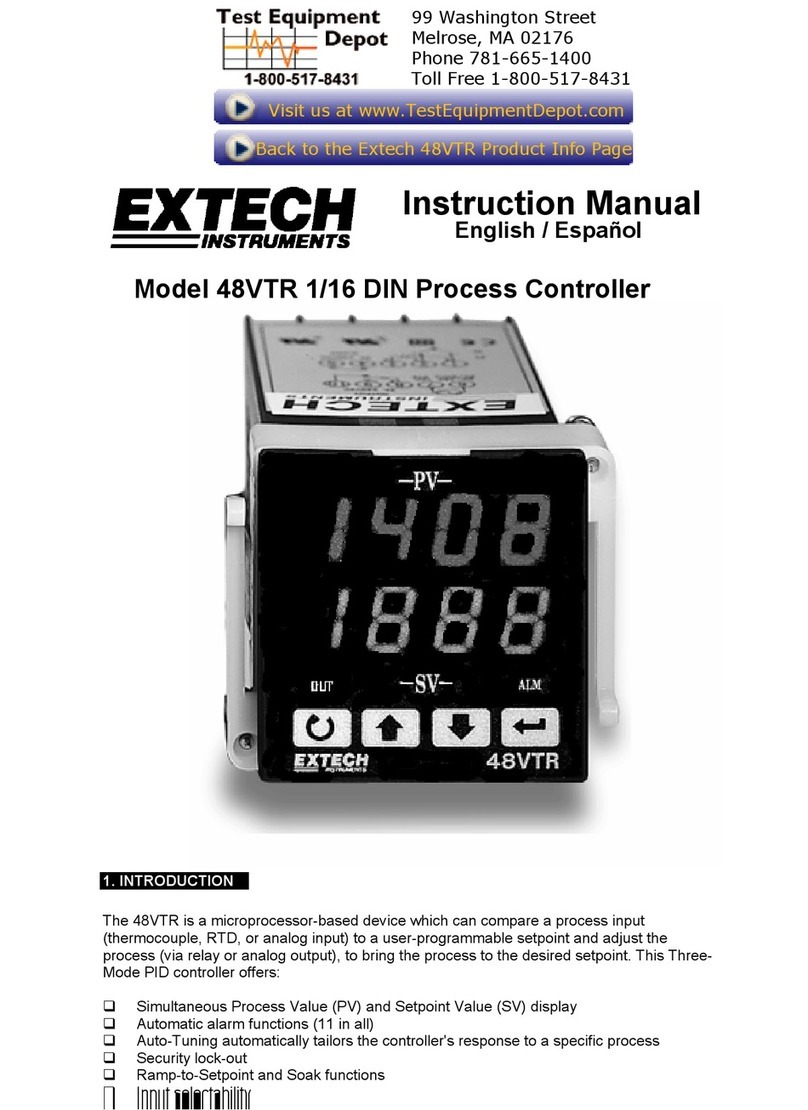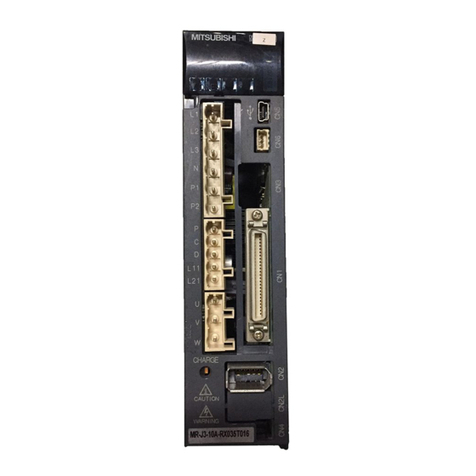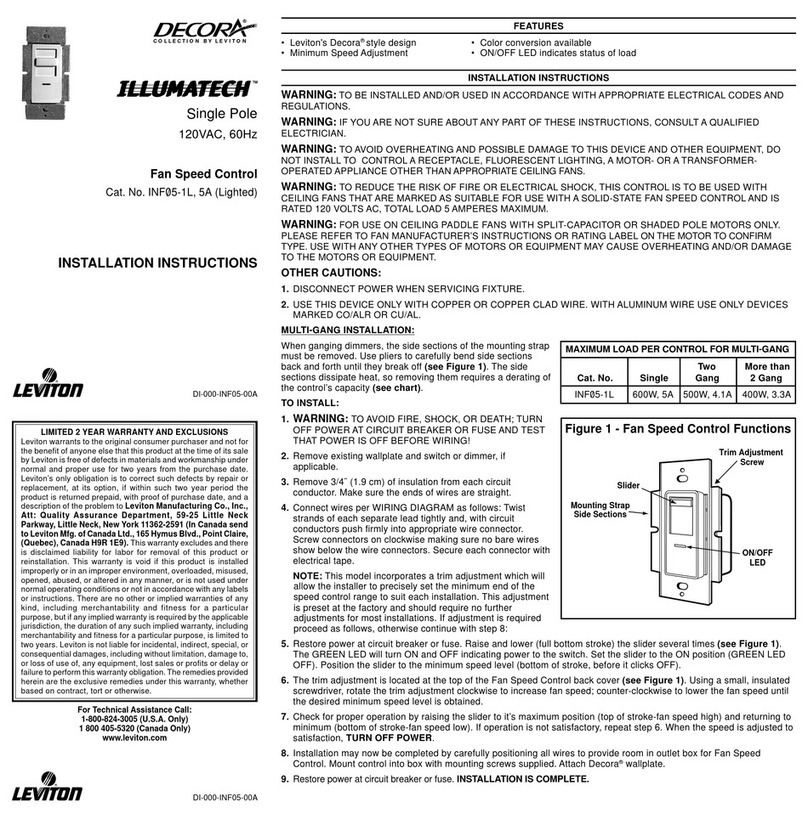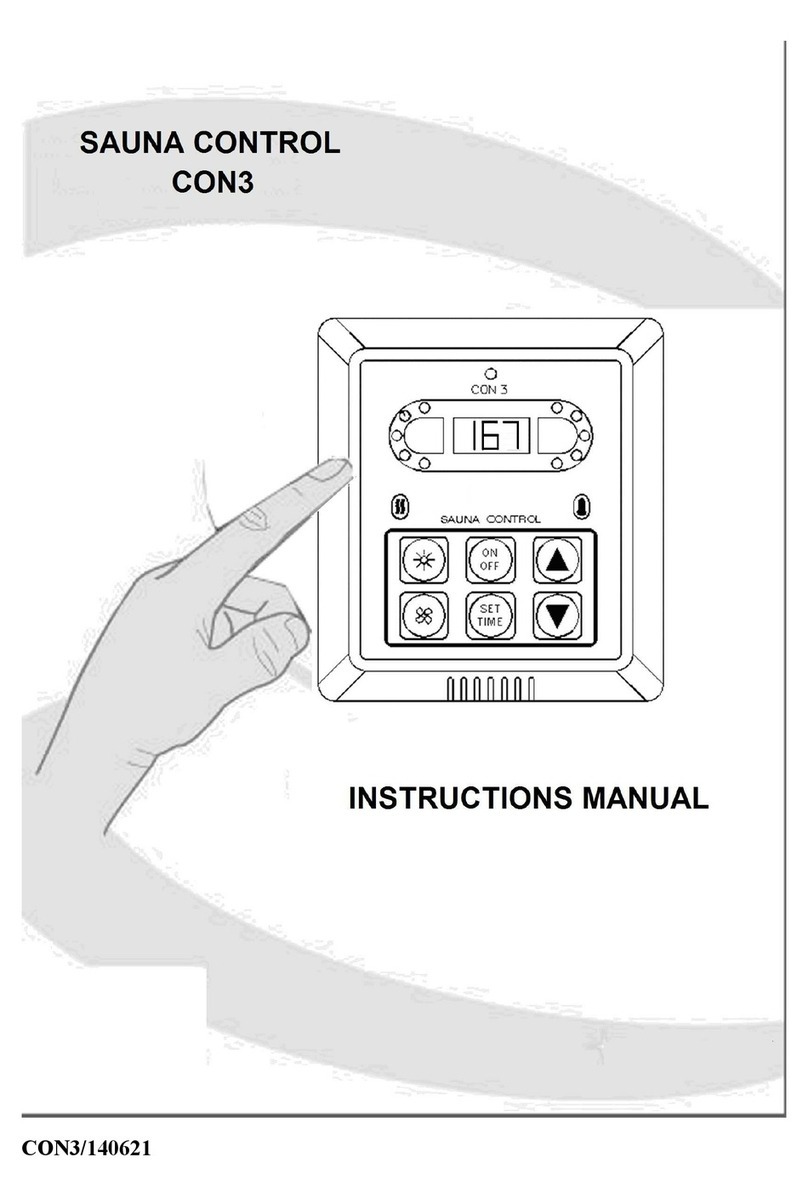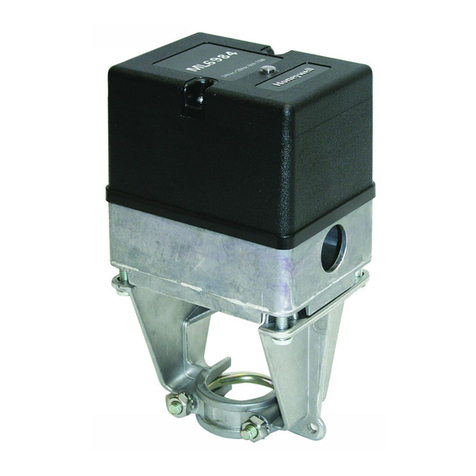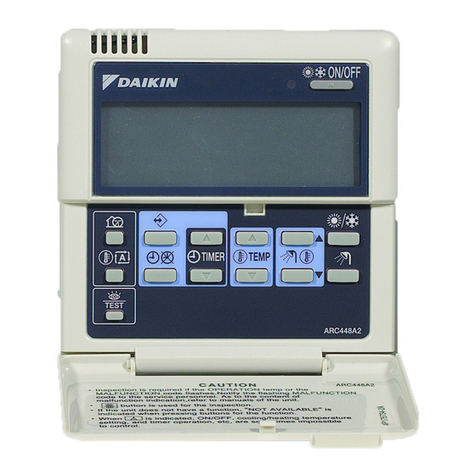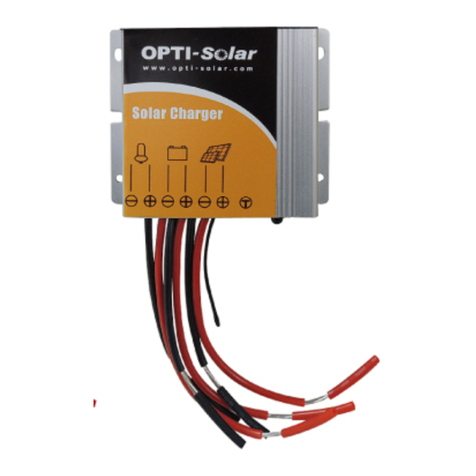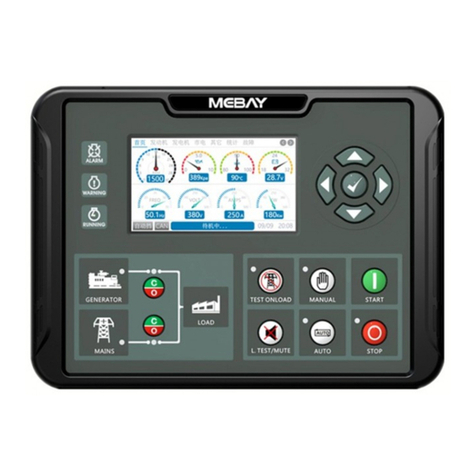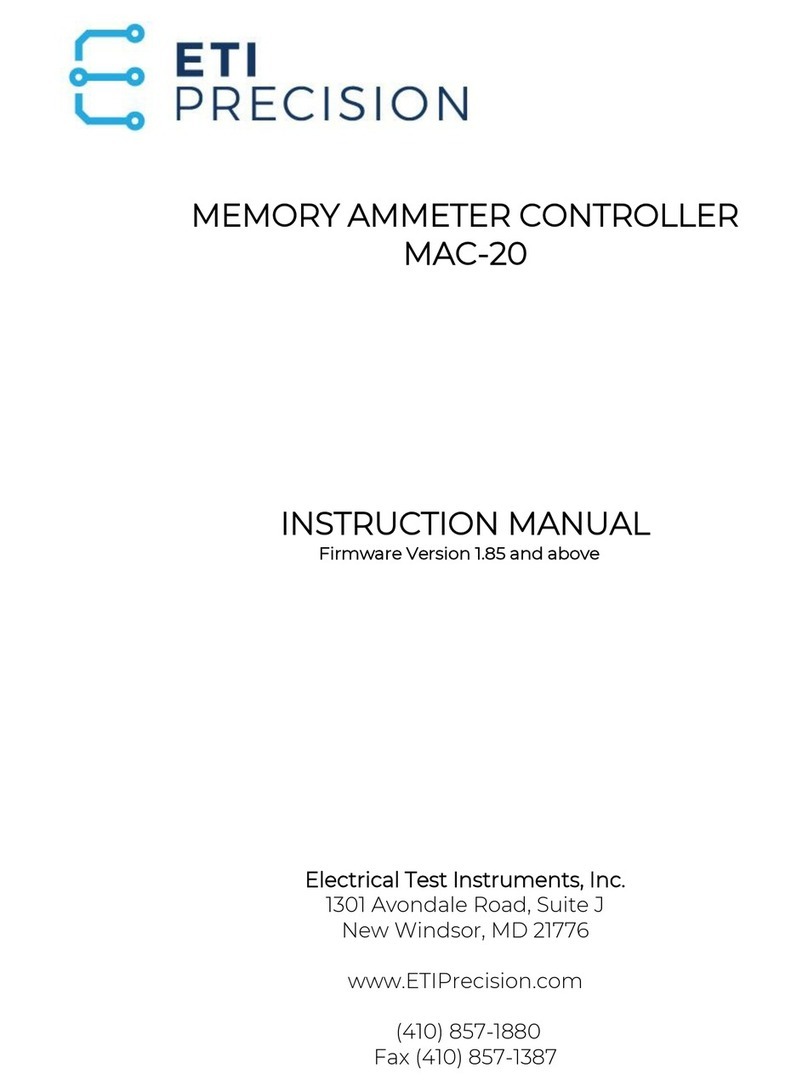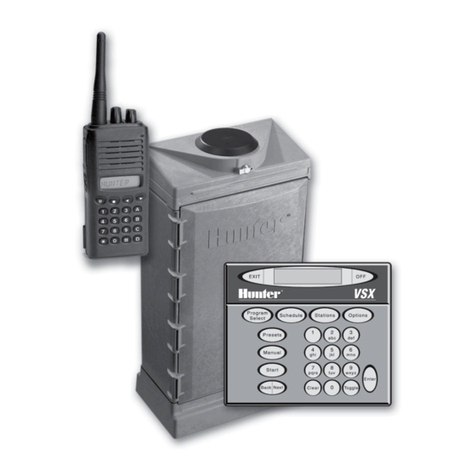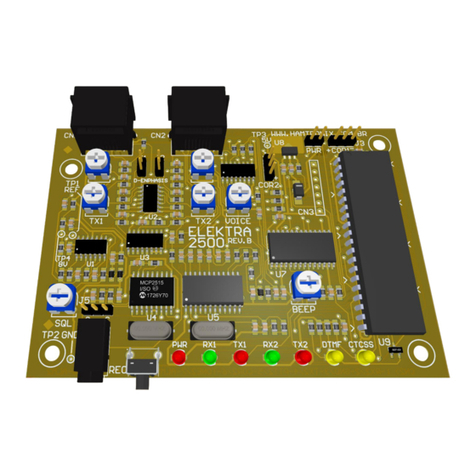Smartec HPSC1 User manual

www.SMARTEKvision.com
© SMARTEK d.o.o. 2018, information is subject to change without prior notice, Version 2.2.1 from 2018-04-24
Life support applications
These products are not designed for use in life support systems, appliances or devices where mal-
function of the products can reasonably be expected to result in personal injury. Customers,
Integrators and End Users using or selling these products for use in such applications do so at their
own risk and agree to fully indemnify SMARTEK d.o.o. for any damages resulting from any improper
use or sale.
Trademarks
All trademarks, trade names and products represented in this document, unless stated otherwise, are
brands protected internationally by law. No use of these may be made without prior, written
authorization of SMARTEK d.o.o except to identify the products or services of the company.
Warranty
SMARTEK d.o.o. has made reasonable efforts to ensure that the information provided in this
document is accurate at the time of inclusion. However, there may be unintentional and occasional
errors for which we apologize. SMARTEK d.o.o. makes no representations, warranties orassurances
of any kind as to the accuracy, currency or completeness of the information provided.
SMARTEK d.o.o. shall not be liable of any damages or injury resulting from your reliance on any
information provided in this document.
Copyright
All texts, pictures and graphics and intellectual property in this document are protected by copyright.
Reproduction of part or all of the content for trade or transfer purposes is prohibited. None of the
content of this document may be copied or otherwise incorporated into or stored in any other website,
electronic retrieval system, publication or other work in any form (whether hard copy, electronic or
other). For the avoidance of doubt, framing of this document or any part of it is not permitted without
express permission.

I
SMARTEK Vision | User Manual –LED Strobe Controller Family | Doc. v2.2.1
Table of Contents
1. Overview......................................................................................................................1
1.1. Description................................................................................................................1
1.2. Precautions...............................................................................................................1
1.3. Cabling Recommendation.........................................................................................2
1.4. Family models...........................................................................................................2
2. HPSC-Series................................................................................................................3
2.1. Mechanical and Electrical Specifications...................................................................3
2.2. Value Ranges and Precision.....................................................................................4
2.2.1. Accuracy over Current Range (HPSC1 v2, HPSC2, HPSC4).............................4
2.2.2. Minimum Delay Time (HPSC1 v2, HPSC2, HPSC4)..........................................4
2.3. Physical Interfaces....................................................................................................5
2.3.1. Power Input .......................................................................................................6
2.3.2. Trigger Inputs.....................................................................................................6
2.3.3. LED Output........................................................................................................9
2.3.4. Trigger Output..................................................................................................10
2.4. Mechanical Drawings..............................................................................................12
2.4.1. Dimensions of HPSC1.....................................................................................12
2.4.2. Dimensions of HPSC1 v2.................................................................................13
2.4.3. Dimensions of HPSC2.....................................................................................14
2.4.4. Dimensions of HPSC4.....................................................................................15
3. IPSC-Series ...............................................................................................................16
3.1. IPSC1.....................................................................................................................16
3.1.1. Dimensions......................................................................................................17
3.2. IPSC2.....................................................................................................................18
3.2.1. Dimensions......................................................................................................19
3.3. IPSC4.....................................................................................................................20
3.3.1. Dimensions......................................................................................................21
3.4. Physical Interfaces..................................................................................................22
3.4.1. Power Input .....................................................................................................22
3.4.2. Output Connector ............................................................................................23
3.4.3. Trigger Input ....................................................................................................25
4. Interfaces for Configuration ........................................................................................27
4.1. Ethernet..................................................................................................................27
4.2. Serial RS-232 .........................................................................................................27
4.3. Universal Serial Bus (USB).....................................................................................28
5. Status LEDs...............................................................................................................29

II
SMARTEK Vision | User Manual –LED Strobe Controller Family | Doc. v2.2.1
5.1. HPSC-Series ..........................................................................................................29
5.2. IPSC-Series............................................................................................................30
5.2.1. Ethernet Status................................................................................................30
5.3. Error / Fault Codes..................................................................................................31
6. Getting Started...........................................................................................................32
6.1. System Requirements.............................................................................................32
6.2. Software Installation –SMARTEK Vision ScLib......................................................33
6.3. Getting Started with the Strobe Controller...............................................................33
7. Device Configuration with the ScLibClient..................................................................36
7.1. Find Devices...........................................................................................................37
7.2. Discovery by Broadcast ..........................................................................................37
7.3. Ethernet Specific Discovery Options.......................................................................38
7.4. Strobe Controller Status..........................................................................................41
7.5. Applying a Configuration.........................................................................................41
7.6. Running Modes.......................................................................................................42
7.6.1. Off....................................................................................................................43
7.6.2. External Trigger...............................................................................................43
7.6.3. Software Trigger..............................................................................................43
7.6.4. Continuous ......................................................................................................43
7.6.5. External Switch................................................................................................43
7.6.6. Internal Trigger ................................................................................................43
7.7. Output Parameters..................................................................................................44
7.7.1. Optimal Autosense ..........................................................................................45
7.7.2. Controller Settings ...........................................................................................46
7.8. Trigger Input ...........................................................................................................47
7.8.1. Trigger Input Parameters.................................................................................47
7.9. Lightheads (IPSC-series only) ................................................................................49
7.9.1. Digital EEPROM Lighthead Signature..............................................................49
7.10. Firmware Update.................................................................................................54
7.11. Other features.....................................................................................................56
7.11.1. Description Tab................................................................................................56
7.11.2. Log Tab ...........................................................................................................56
7.11.3. Status Tab.......................................................................................................56
8. Web Server................................................................................................................58
9. Declarations of Conformity .........................................................................................59
9.1. CE ..........................................................................................................................59
9.2. FCC........................................................................................................................60
9.3. RoHS II...................................................................................................................61

III
SMARTEK Vision | User Manual –LED Strobe Controller Family | Doc. v2.2.1
10. Revision History .........................................................................................................62
11. Contact Information....................................................................................................63

1
SMARTEK Vision | User Manual –LED Strobe Controller Family | Doc. v2.2.1
1. Overview
1.1.Description
Strobe controllers are used for strobing LED illuminations in machine vision applications. Very
high-power pulses are aligned to external trigger with high accuracy. Precise current overdrive
and short exposure time on camera are used for acquiring clear images of fast moving objects.
User adjustable output voltage provides high efficiency and low power consumption.
The IPSC and HPSC strobe controllers provide repeatable intensity controlof LED lighting, they
include the power supply, intensity control, timing and triggering functions required for machine
vision systems. LED lighting needs a constant current supply, as small variation in voltage can
cause large variations in light output.
1.2.Precautions
To maintain optimal working temperature, mount the device on a metal surface.
Thermal generation depends on the output parameters used by the controller.
Do not attempt to disassemble this device, there are sensitive parts inside.
Tampering with it could lead to permanent damage. Further, the devices can
develop high voltages and loads, which can be a serious risk to health.
Do not expose this device to rain or moisture. This device is not intended to work
under wet conditions.
Handle this device with the maximum care. Do not throw it, there are fragile parts
inside.
Operate these devices only with the type of power source that meets the
specifications indicated on the Strobe Controller and within the documentation.
Operating it outside of the specifications can cause permanent damage. Further
electrical specifications can be found in the individual Mechanical and Electrical
specifications for each model.
LED illumination should never be connectedor disconnectedto the strobe controller
when the power output is enabled. Always turn the device off when changing LED
illumination.

2
SMARTEK Vision | User Manual –LED Strobe Controller Family | Doc. v2.2.1
1.3.Cabling Recommendation
All our strobe controllers are designed to operate with a large variety of LED illuminations and
light heads. Even if one of our focuses is the maximum performance at every setup, the laws
of physics limit the performance when operating a wide range of illuminations with inadequate
cabling quality. The result can be bad signal shape, long signal rise times and oscillation.
Therefore, it is recommended to follow some general rules for cable selection:
- Select cables as short as possible, no longer than 3m
- Use high cable grades
- Respect appropriate wire cross sections depending on the current
- Shielded twisted pair cables can further improve the signal
For longer cable lengths, it is further recommended to raise the voltage of the illumination. This
can be realized by using series LED arrays requiring higher voltage together with a device from
our IPSC series, providing up to 200V on output.
1.4.Family models
IPSC1
IPSC2
IPSC4
HPSC1
HPSC1 v2
HPSC2
HPSC4
Output channels
1
2
4
1
1
2
4
Asynchronous
Operation
-
No
-
Yes
Control interface
Ethernet
Ethernet and
RS-232
Ethernet,
RS-232* or USB2.0*
Output voltage
(pulsed)
5V –200V
5V –48V
Output voltage (Cont.)
5V –55V
5V –55V
5V –30V
5V –48V
Max current pulse
(per channel)
20A
@ 200V
10A @ 200V
40A @ 48V
Max continuous
current (per channel)
2A
@ 30V
1A @ 30V
5A
@ 24V
4A @ 24V
Power supply
12V –24V DC
12V –24V DC
Trigger inputs
1
2
4
1
1
2
4
External dimensions
(H / W / L) [mm]
39 x 88 x 103
55 x 130 x
124
39 x 88 x 103
45 x 130 x
124
Weight (approx.)
285g
715g
270g
285g
297g
635g
Table 1: Family models
*for HPSC1 v2, HPSC2 and HPSC4 on request

3
SMARTEK Vision | User Manual –LED Strobe Controller Family | Doc. v2.2.1
2. HPSC-Series
2.1.Mechanical and Electrical Specifications
Specification
HPSC1
HPSC1 v2
HPSC2
HPSC4
Output channels
1
1
2
4
Asynchronous Operation
-
-
Full timing independent
channels
Operating Modes
Continuous, External Trigger, Internal Trigger,
Software Trigger, External Switch
Max. Voltage
48V (pulsed/continuous)
Max Current
40A @ 48V (per channel)
up to 160A @ 48V (in total)
Current Resolution
down to 1mA
Max. continuous current
4A @ 24V
(without heat sink,
max. 25°C ambient)
5A @ 24V
(with heat sink)
4A @ 24V (per channel)
up to 5A @ 24V (in total)
Pulse output range
1µs –1000ms,
1µs resolution
1µs –60s, 1µs resolution
Maximum frequency
(External Trigger)
4,9kHz
50kHz
Maximum frequency
(Internal Trigger Generator,
External Switch Mode)
997Hz
25kHz
Trigger input
Opto-isolated, HIGH at 3V –24V; positive or negative edge
Trigger output
Open-collector,
max. 30V / 50mA
Opto-isolated, max. 30V / 50mA
Control
Ethernet
(10Base-T),
RS-232 or
USB1.x/2.0
Ethernet (10Base-T/100Base-TX)
RS-232 or USB1.x/2.0 on request
Input Power requirements
12V –24V DC (min 11V, max 26V) at max. 6.5A
Power consumption
Max. 150W (depending on load)
Housing
Black anodized aluminum case
External dimensions
(H / W / L)
39 x 88 x 103
[mm]
39 x 88 x 103
[mm]
39 x 88 x 103
[mm]
45 x 130 x
124 [mm]
Weight (approx.)
270g
285g
297g
635g
Storage temperature
(ambient)
From -30°C/-22°F up to +80°C/+176°F
Operating temperature
(ambient)
From -5°C/+23°F up to +50°C/+122°F
Relative humidity
From 25% up to 80% (non-condensing)
Conformity
CE, FCC, RoHS2
Table 2: HPSC1, HPSC1 v2, HPSC2 and HPSC4 - Mechanical and electrical specifications

4
SMARTEK Vision | User Manual –LED Strobe Controller Family | Doc. v2.2.1
2.2.Value Ranges and Precision
To raise the current precision at lower levels, the current control is split into three ranges. The
following chapters describe the precision of different attributes over the set output current per
channel.
2.2.1. Accuracy over Current Range (HPSC1 v2, HPSC2, HPSC4)
Based on the applied current level, the resolution is adjusted as shown in Table 3.
Running Mode
Range
Min.
[mA]
Max.
[mA]
Resolution
[mA]
Accuracy*
Set
Measure
Continuous /
External Switch
Range1
1
500
1
1%
2%
Range2
501
2500
2
1%
2%
Range3
2501
4000
11
1%
2%
Trigger Modes
(External, Internal,
Software)
Range1
10
700
1
2%
4%
Range2
701
7000
2
2%
4%
Range3
7001
40000
11
2%
4%
*The accuracy is defined as % of the full range
Table 3: HPSC1 v2, HPSC2 and HPSC4 resolution over current range
2.2.2. Minimum Delay Time (HPSC1 v2, HPSC2, HPSC4)
The minimum delay timefrom trigger to output signal depends on theset output current. Minimal
delay time rises with number of enabled channels and with decreasing of output current. The
specified minimum (Min.) delay is reached at the specified maximum current for the appropriate
range, while the longest (Max.) delay is effective at the lowest current in that range.
Table 4 below shows the corresponding values, the ranges are the same as in chapter 2.2.1.
The relation between current and min/max delay time is decreasing exponential function.
Minimal delay times are shown for maximum numbers of enabled channels on specific device
and for less enabled channels, these times are lower. In External Trigger,these times are
bigger.
Attribute
Device
Range
Min.
[µs]
Max.
[µs]
Resolution
[µs]
Delay Time
HPSC1 v2
-
2
60000000
1
Minimal Delay Time
Range1
(700mA down to 10mA)
2
12
1

5
SMARTEK Vision | User Manual –LED Strobe Controller Family | Doc. v2.2.1
Range2
(7000mA down to 701mA)
2
4
1
Range3
(40A down to 7001mA)
2
3
1
Delay Time
HPSC2
-
2
60000000
1
Minimal Delay Time
Range1
(700mA down to 10mA)
3
13
1
Range2
(7000mA down to 701mA)
3
5
1
Range3
(40A down to 7001mA)
3
4
1
Delay Time
HPSC4
-
3
60000000
1
Minimal Delay Time
Range1
(700mA down to 10mA)
5
15
1
Range2
(7000mA down to 701mA)
5
6
1
Range3
(40A down to 7001mA)
5
6
1
Table 4: Minimum delay time for HPSC1 v2, HPSC2 and HPSC4
2.3.Physical Interfaces
Figure 1: Physical Interfaces shown for example on HPSC1
Configuration
Ethernet (shown)
USB2.0
RS-232
Trigger Input
Power Input
Trigger Output
LED Power Ouput
Opto-isolated
External power supply,
12 - 24V, max. 150W
Open-collector,
max. 30V / 50mA,
Opto-isolated (HPSC4)
Power output for illumination
(except HPSC1)

6
SMARTEK Vision | User Manual –LED Strobe Controller Family | Doc. v2.2.1
2.3.1. Power Input
The Power Input connector, as shown in Figure 1, is located near the lower right corner of the
HPSC front panel. All devices require an external 12V –24V DC supply for operation (specified
in chapter 2.1 - Mechanical and Electrical Specifications).
Pin#
Description
Type
Phoenix Contact
MSTB 2,5/ 3-ST-5,08
+
Power Supply (+12 to 24V DC)
-
Power GND
PE
Protective Earth
Table 5: Power connector description HPSC-Series
2.3.2. Trigger Inputs
To physically trigger the strobe controllers by an external synchronization source, each device
provides a count of input trigger lines (TRG), by a connector described in Table 6.
Pin#
HPSC1
HPSC1 v2
HPSC2
HPSC4
Connector
Type
Phoenix Contact
MSTB 2,5/ 2-ST-5,08
Phoenix Contact
MSTB 2,5/ 4-ST-5,08
Phoenix Contact
MSTB 2,5/ 8-ST-5,08
TRG+
Trigger Channel n +
TRG -
Trigger Channel n -
Table 6: Trigger input connector description HPSC-Series
The electrical ratings, operation limits as well as the device internal circuitry are described in
Table 7 and Figure 2 below.
+ - PE
TRG1 TRG2 TRG3 TRG4
+ - + - + - + -
TRG1 TRG2
+ - + -
TRG
+ -

7
SMARTEK Vision | User Manual –LED Strobe Controller Family | Doc. v2.2.1
Operating Limits
Voltage
Recommended operation voltage
+0 to +24 VDC
HIGH / Logical 1
> +3 VDC
LOW / Logical 0
+0 to +1,4 VDC
Undefined State
> +1,4 to +3 VDC
Absolute maximum
+30 VDC
The current draw for each input line is 6 to 10 mA.
Table 7: HPSC-Series - Electrical Specification - Trigger Input(s)

8
SMARTEK Vision | User Manual –LED Strobe Controller Family | Doc. v2.2.1
Figure 2: Internal input trigger scheme for HPSC-Series

9
SMARTEK Vision | User Manual –LED Strobe Controller Family | Doc. v2.2.1
2.3.3. LED Output
The LED connectors, as shown in Figure 1 and described in Table 8, provide the power output
(LED) for the illumination to be driven by the controller. Scheme is shown in Figure 3.
Pin#
HPSC1
HPSC1 v2
HPSC2
HPSC4
Connector
Type
Phoenix Contact
MSTB 2,5/ 2-ST-5,08
Phoenix Contact
MSTB 2,5/ 4-ST-5,08
Phoenix Contact
MSTB 2,5/ 8-ST-5,08
LED+
LED Power Output n + (common for all channels)
LED -
LED Power Output n -
Table 8: Illumination Output (LED) connector description HPSC-Series
Figure 3: Connecting scheme for LED output
LED
+ -
LED1 LED2 LED3 LED4
+ - + - + - + -
OUT1 OUT2 LED1 LED2
+ - + - + - + -

10
SMARTEK Vision | User Manual –LED Strobe Controller Family | Doc. v2.2.1
2.3.4. Trigger Output
Every controller provides a generic trigger output (OUT) for synchronization of other devices.
The connector assignment is described in Table 9.
Pin#
HPSC1
HPSC1 v2
HPSC2
HPSC4
Connector
Type
Phoenix Contact
MSTB 2,5/ 2-ST-5,08
Phoenix Contact
MSTB 2,5/ 4-ST-5,08
Phoenix Contact
MSTB 2,5/ 8-ST-5,08
OUT+
Trigger Output n +
OUT-
Trigger Output n -
Table 9: Tigger Output (OUT) connector description HPSC-Series
The limits of each line are shown in Table 10, the internal circuitry of the HPSC1 in Figure 4
and for HPSC1 v2, HPSC2 and HPSC4 in Figure 5.
Interface
OUT
Type
Open-collector
Max. rating
30V / 50mA
Table 10: HPSC-Series –Trigger Output (OUT) maximum ratings
Figure 4: HPSC1 –Trigger Output (OUT) –Schematics
1
1
2
2
3
3
4
4
D D
C C
B B
A A
2 5
Title A
1.2.2017.
Title:
Size: Version:
Date:
Revision:
Sheet of
A4
Project: PROJECT
HPSC1_TrigOutputs_Doc.SchDocFile Name:
1.0
BC847C
GND
SMCJ24A
TRO
HPSC1 OUT+
OUT-
1
1
2
2
3
3
4
4
D D
C C
B B
A A
2 5
Title
A
1.2.2017.
Title:
Size: Version:
Date:
Revision:
Sheet of
A4
Project: PROJECT
HPSC1_TrigOutputs_Doc.SchDocFile Name:
1.0
BC847C
GND
SMCJ24A
TRO
HPSC1 OUT +
OUT -
OUT
+ -
OUT1 OUT2 OUT3 OUT4
+ - + - + - + -
OUT1 OUT2 LED1 LED2
+ - + - + - + -

11
SMARTEK Vision | User Manual –LED Strobe Controller Family | Doc. v2.2.1
Figure 5: HPSC1 v2, HPSC2, HPSC4 –Trigger Output (OUT) –Schematics

12
SMARTEK Vision | User Manual –LED Strobe Controller Family | Doc. v2.2.1
2.4.Mechanical Drawings
2.4.1. Dimensions of HPSC1
Figure 6: Dimensions of HPSC1 in mm
74,60
88
103
16,50 35 35
82 39,26
4,20

13
SMARTEK Vision | User Manual –LED Strobe Controller Family | Doc. v2.2.1
2.4.2. Dimensions of HPSC1 v2
Figure 7: Dimensions of HPSC1 v2 in mm

14
SMARTEK Vision | User Manual –LED Strobe Controller Family | Doc. v2.2.1
2.4.3. Dimensions of HPSC2
Figure 8: Dimensions of HPSC2 in mm

15
SMARTEK Vision | User Manual –LED Strobe Controller Family | Doc. v2.2.1
2.4.4. Dimensions of HPSC4
Figure 9: Dimensions of HPSC4 in mm
105
130
44,94
118,40
124
27 70 6,40
This manual suits for next models
5
Table of contents




